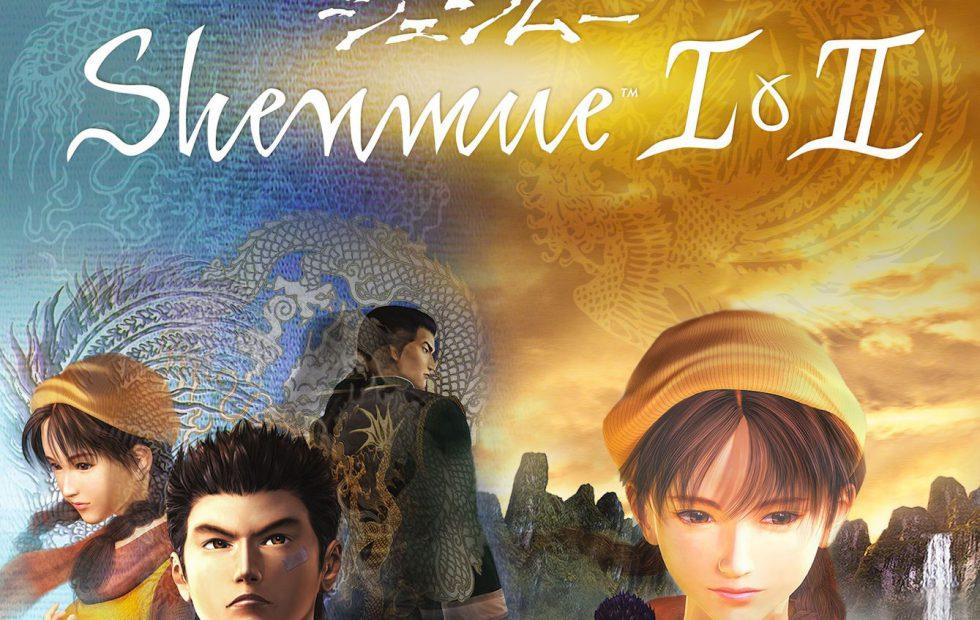
The way in which you uncover clues has not progressed since the previous games: you’ll have a clue such as “find a particular” shop, and Shenmue 3, instead of making it difficult or not relying on something so broad, instead plonks five of the same shops in its world to offer frustrating padding. This shallowness is, in large part, the fault of the game’s narrative. However, if Bailu and Niaowu are like postcards, we can stretch the analogy further and say they are all surface with very little depth. Strangely specific reference, I know, but it’s that influence from an almost stereotyped view of China that’s been crammed into two contrasting locales. The latter’s labyrinth streets and sprawling nature, especially at night, feels like something from the intro of the Mortal Kombat movie. It’s not just Bailu that captures this otherworldly aesthetic, but later the town of Niaowu. Compared to the relative industrial and dystopian drabness of Ryo’s village and Hong Kong in Shenmue 1+2, it’s a lovely change of scenic pace. Even each section of Bailu feels like its own microcosm within the village itself. It’s an idyllic village in the mountains: crystal clear streams, quaint housing filled with what feels like anachronistic ‘80s tech lush greenery, rolling hills. It’s like someone cranked up the Earth’s saturation. Bailu village feels like it was pulled from an ancient manuscript or a florid description from Sun Wukong. What Shenmue 3 does have is a unique aesthetic to its world design that borders on the fantastical. However, from a pure current-gen perspective, Shenmue 3 is not close to pushing the boundaries of the PS4. Now, I don’t really care too much about graphics - I’m playing Trails of Cold Steel 3 currently and that game looks like it's been made on a HD PlayStation 2 emulator. The most apparent and immediate contrast you’ll find due to its financial constraints is Shenmue’s world. It’s a game that has come with a lot of history and hype, but must also be tempered with its modest budget - by today’s standards. Shenmue 3 is a game of many parts and somewhat impossible to evaluate solely by itself. Along that journey, Ryo will be gambling, brawling, chopping wood, and struggling through basic human interaction. Her father was kidnapped, along with several other stonemasons in the village, and Ryo’s helping her in an effort to track down Lan Di. In Ryo’s earlier arrival in Bailu, he met Shenhua, a local who is connected to the mirrors via her father, a stonemason who crafted them. In Ryo’s journey, he’s ended up in Bailu, a scenic village that’s connected to the birth of said mirrors and could potentially reveal their purpose. The reality is, all you need to know is that your father’s killer, Lan Di, pilfered the legendary Dragon Mirror, partner to a mirror Ryo found - the Phoenix Mirror - and every time you’re about to deliver justice, he flees. Story-wise, you may think that you’d be terribly lost just waltzing into the third installment of a game, like coming into a meal halfway when everyone’s already stuffing their faces. The new chapter literally picks up after the second game’s conclusion. So much so, he began a Kickstarter in 2015 that swiftly met its target and, four years later, here we are: Shenmue 3.


Shenmue’s legacy, its powerful sense of nostalgia, and cliff-hanger conclusion of the second game was obviously weighing on Suzuki’s mind. Suffice it to say, Shenmue was pretty revolutionary for its time. Its blend of sandbox gameplay, AI with their own schedules, cinematic QTEs, and “slice of life” gameplay, presented a new style of game most console players were not familiar with, and topped it all off with graphics that pushed the console to its limits.

From the mind of Yu Suzuki, Shenmue was envisioned to be a sprawling tale of revenge that spanned several installments, following recently orphaned teen, Ryo Hazuki, on the hunt for his father’s killer in the 1980s.


 0 kommentar(er)
0 kommentar(er)
